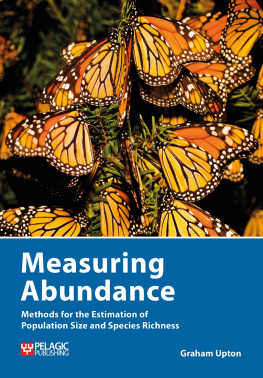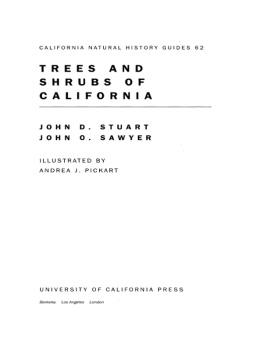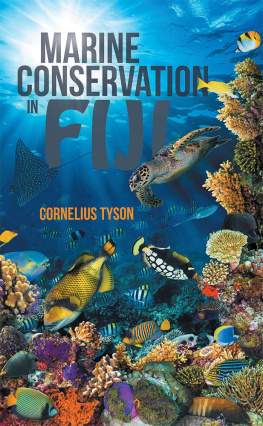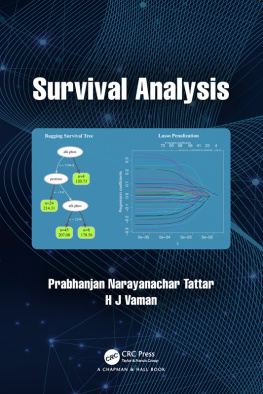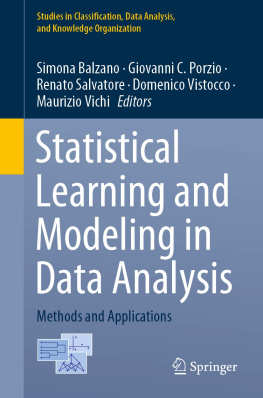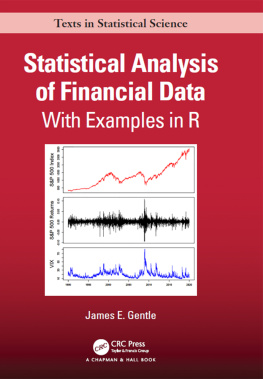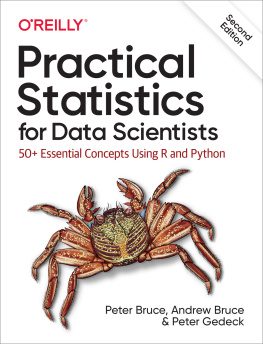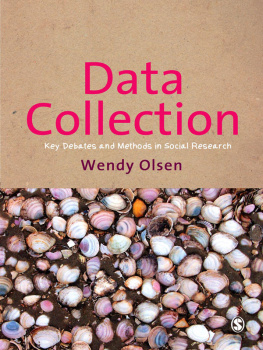Graham Upton - Measuring Abundance: Methods for the Estimation of Population Size and Species Richness
Here you can read online Graham Upton - Measuring Abundance: Methods for the Estimation of Population Size and Species Richness full text of the book (entire story) in english for free. Download pdf and epub, get meaning, cover and reviews about this ebook. year: 2020, publisher: Pelagic Publishing, genre: Children. Description of the work, (preface) as well as reviews are available. Best literature library LitArk.com created for fans of good reading and offers a wide selection of genres:
Romance novel
Science fiction
Adventure
Detective
Science
History
Home and family
Prose
Art
Politics
Computer
Non-fiction
Religion
Business
Children
Humor
Choose a favorite category and find really read worthwhile books. Enjoy immersion in the world of imagination, feel the emotions of the characters or learn something new for yourself, make an fascinating discovery.
- Book:Measuring Abundance: Methods for the Estimation of Population Size and Species Richness
- Author:
- Publisher:Pelagic Publishing
- Genre:
- Year:2020
- Rating:3 / 5
- Favourites:Add to favourites
- Your mark:
Measuring Abundance: Methods for the Estimation of Population Size and Species Richness: summary, description and annotation
We offer to read an annotation, description, summary or preface (depends on what the author of the book "Measuring Abundance: Methods for the Estimation of Population Size and Species Richness" wrote himself). If you haven't found the necessary information about the book — write in the comments, we will try to find it.
Measuring the abundance of individuals and the diversity of species are core components of most ecological research projects and conservation monitoring. This book brings together in one place, for the first time, the methods used to estimate the abundance of individuals in nature.
The statistical basis of each method is detailed along with practical considerations for survey design and data collection. Methods are illustrated using data ranging from Alaskan shrubs to Yellowstone grizzly bears, not forgetting Costa Rican ants and Prince Edward Island lobsters. Where necessary, example code for use with the open source software R is supplied. When appropriate, reference is made to other widely used programs.
After opening with a brief synopsis of relevant statistical methods, the first section deals with the abundance of stationary items such as trees, shrubs, coral, etc. Following a discussion of the use of quadrats and transects in the contexts of forestry sampling and the assessment of plant cover, there are chapters addressing line-intercept sampling, the use of nearest-neighbour distances, and variable sized plots.
The second section deals with individuals that move, such as birds, mammals, reptiles, fish, etc. Approaches discussed include double-observer sampling, removal sampling, capture-recapture methods and distance sampling.
The final section deals with the measurement of species richness; species diversity; species-abundance distributions; and other aspects of diversity such as evenness, similarity, turnover and rarity.
This is an essential reference for anyone involved in advanced undergraduate or postgraduate ecological research and teaching, or those planning and carrying out data analysis as part of conservation survey and monitoring programmes.
Graham Upton: author's other books
Who wrote Measuring Abundance: Methods for the Estimation of Population Size and Species Richness? Find out the surname, the name of the author of the book and a list of all author's works by series.

